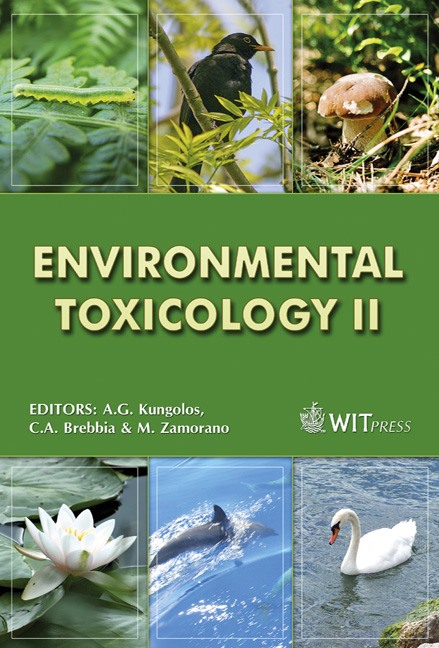In Vitro Toxicity Of Indoor Fungi From Dwellings In Slovakia: Testing On The Isolated Lung Cells
Price
Free (open access)
Transaction
Volume
110
Pages
8
Page Range
211 - 218
Published
2008
Size
582 kb
Paper DOI
10.2495/ETOX080221
Copyright
WIT Press
Author(s)
Z. Kováčiková, E. Tátrai, E. Piecková, Z. Kolláriková, V. Jančinová, J. Tulinská, M. Kuricová & A. Líšková
Abstract
The lung is the target organ of multiple aggressions due to environmental noxious substances, indoor pollution, occupational hazards and personal risk such as cigarette smoke. Metabolites produced by different fungus species can also be present the inhaled air. Their effects are not frequently studied in the lung or in the lung cells. Our study focused on the effects of metabolites (both exo- and endometabolites) produced by Aspergillus ustus, Aspergillus versicolor, Penicillium chrysogenum and Stachybotrys chartarum isolated from dwellings in Slovakia. Their effects were studied in vitro on alveolar macrophages and epithelial type II cells isolated from Wistar rats and Clara cells isolated from mice. Alveolar macrophages represent a free living population in the alveolar spaces and play an important role in maintaining clean and sterile alveoli; they contribute also to the production of proinflammatory cytokines. Epithelial type II cells play a critical role in preserving the functional integrity of the alveolar surface and they also produce cytokines. The effects of metabolites were evaluated by estimating their cytotoxicity, the activity of lysosomal enzyme acid phosphatase in alveolar macrophages. Lectins were used for studying the changes on cell surface. The production of cytokines (Monocyte Chemoatractant Protein 1- MCP-1 and Tumor Necrosis Factor α – TNF-α) was also measured. The effects of metabolites were dose dependent, the highest toxicity was evoked by Stachybotrys chartarum metabolites. Keywords: indoor fungi, lung cells, metabolites, in vitro.
Keywords
indoor fungi, lung cells, metabolites, in vitro.





